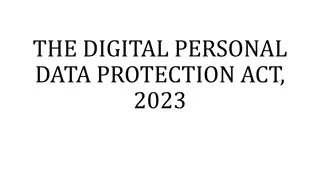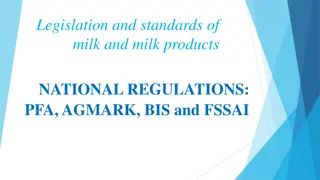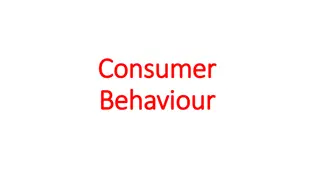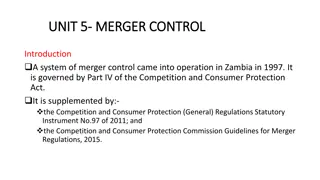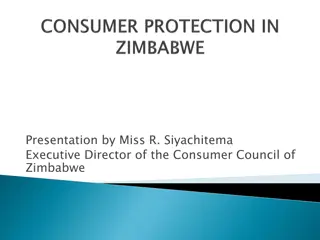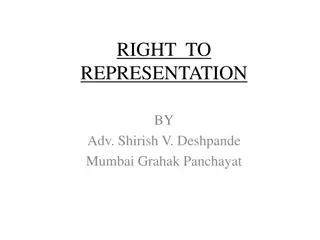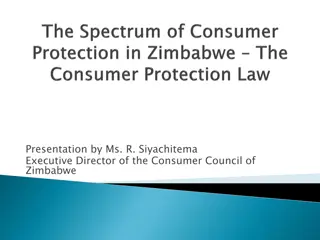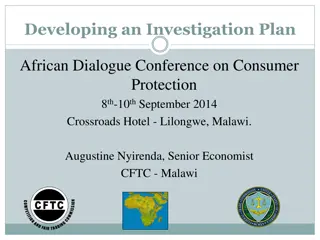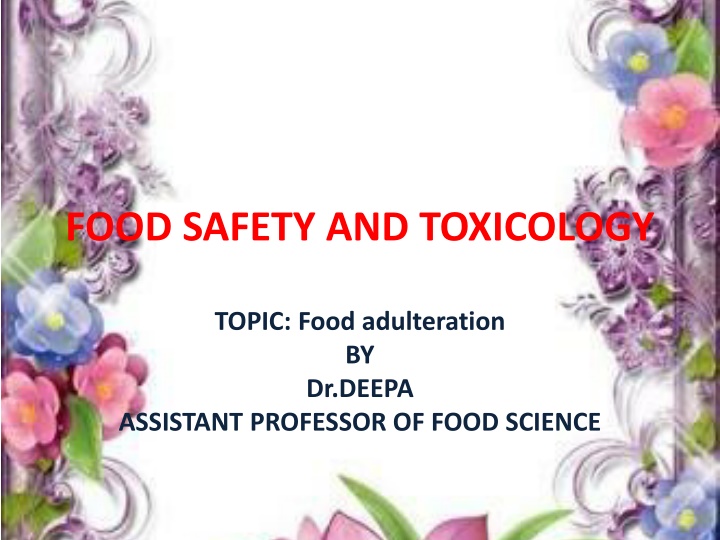
Food Adulteration: Types, Risks, and Detection
Delve into the world of food adulteration with insights on intentional and incidental adulterants, metallic adulterations, classification of adulterants, and their impact on food safety. Learn how to detect and prevent food adulteration for a healthier food industry.
Download Presentation

Please find below an Image/Link to download the presentation.
The content on the website is provided AS IS for your information and personal use only. It may not be sold, licensed, or shared on other websites without obtaining consent from the author. If you encounter any issues during the download, it is possible that the publisher has removed the file from their server.
You are allowed to download the files provided on this website for personal or commercial use, subject to the condition that they are used lawfully. All files are the property of their respective owners.
The content on the website is provided AS IS for your information and personal use only. It may not be sold, licensed, or shared on other websites without obtaining consent from the author.
E N D
Presentation Transcript
FOOD SAFETY AND TOXICOLOGY TOPIC: Food adulteration BY Dr.DEEPA ASSISTANT PROFESSOR OF FOOD SCIENCE
DEFINITION Food adulteration is the process by which the quality of the food or its products is reduced through the addition of a foreign or inferior substance or the removal of a vital element.
TO GET MORE profits To increase the weight,adulterant is added. To increase volume of trade by showing lowe Prices.
INTENTIONAL ADULTERANTS All which have been mentioned in common adulterations. Intentional adulterants include sand, marble chips, stones, mud, chalk powder, water, foreign seeds and leaves etc. Many of these can easily detected
CLASSIFICATION OF ADULTERANTS; Intentional adulterants Incidental adulterations Metallic adulterations
This type of adulteration can occur at two sources; Manufacturers level- adulteration done at the time of manufacture of the product. Duplication of branced products is an example of this type. Traders level-adulteation is done at the level of its sale to the consumers by the seller. The addition of brick powder to red chili power or mixing used tea with fresh tea are examples of this type.`
INCIDENTAL ADULTERATION These are not added intentionally but are unintentionally present in the food stuff. They are the pesticide residues, tin from cans, insect larvae and rodent excreta.
METALLIC ADULTERATION These arise from the metals which are present in the storage cans or cooking utensils or from the water used for washing or cooking purposes. They may also come pesticides. Examples are arsenic from pesticides, lead from water, mercury from effluents, tin from cans and many more. Adulteration by metals is a new danger looming over the population today.



